Sylhet, July 8 (V7N)- The flood situation in Sylhet city is improving, but conditions in various upazilas of the division are worsening. Due to reduced rainfall over the past few days, water has started receding from waterlogged areas in Sylhet city. However, slow water recession in upazilas is prolonging the suffering of residents. Continuous rain and water from upstream in India have caused riverbanks to break, flooding those areas. In the past 24 hours, water levels in Sylhet's rivers have decreased slightly at all monitoring points.
According to the Water Development Board (WDB) in Sylhet, water levels in four points of the Surma and Kushiyara rivers are flowing above the danger level. On Sunday evening at 6 PM, the water level of the Surma River at the Kanaighat point was flowing 45 centimeters above the danger level. Similarly, the Kushiyara River was flowing 66 centimeters above at the Amalshid point, 8 centimeters above at the Sheola point, and 95 centimeters above at the Fenchuganj point.
Despite some improvement in the waterlogging situation in Sylhet city, people are still facing hardships. In some areas, residents still have to wade through water as soon as they step out of their homes. Fahad Md. Hossain, a resident of Shahjalal Upashahar D Block in the city, said that although water has receded from homes and roads, organizing the house is still troublesome.
Upazila representatives reported that recently, in various areas of Jakiganj and Beanibazar in Sylhet, riverbanks of the Kushiyara River broke, and water overflowed, flooding various areas. Badru Islam, a member of the Muria UP in Beanibazar, said that the flood situation has not improved. The water level remains the same as it was for the past few days.
Dipak Ranjan Das, executive engineer of WDB Sylhet, said that water levels are starting to recede due to reduced rainfall, although slowly. If this situation continues for a few more days, the flood situation will improve quickly.
Sunamganj:
In Sunamganj, the flood situation is also improving due to the cessation of rain and the flow of water from India. The rivers in the district are flowing below the danger level. According to the WDB and district administration, if there is no heavy rainfall, the improvement will continue.
It was reported that on June 17, Eid day, residents of low-lying areas in Sunamganj faced floods for the first time. Before recovering from that flood, another one began on June 30. Although the current flood situation is improving, the hardship for residents of Haor areas has not ended. Especially day laborers are facing severe difficulties, living with their families without sufficient food. Many are struggling to rebuild their homes and care for their livestock.
Locals said that despite the flood situation improving, the hardship for people in Haor areas has not lessened. The foundations of many homes have collapsed due to the waves in the Haor, and many houses have broken walls and roofs. The waves have eroded 1 to 2 feet of soil from the foundations of many homes, causing instability. People are trying to prevent soil erosion around their homes by using water hyacinths. Additionally, excessive rain and floods have destroyed animal feed. Livestock has also died in the floods. People in Haor areas are now dependent on water hyacinths for cattle feed. Rural roads remain submerged, making boats the only means of transportation.
Moulvibazar:
Floodwater has not yet receded from low-lying areas in Juri and Kulaura upazilas of the district. Roads, hospitals, educational institutions, and even the upazila council complex are still submerged. The hardship of residents in these areas is increasing.
Locals reported that in the Noorpur area of Jayfarnagar Union in Juri upazila, temporary tin-and-bamboo shelters have been built on the Kulaura-Shahbazpur railway tracks to house cattle, goats, and sheep. Train services have been suspended for a long time, so several families moved their livestock to this higher ground as soon as water entered their homes. They have also set up temporary shelters for themselves here. Out of fear of theft, people are spending nights with their livestock.
Residents of Bahadurpur, Shahpur, Bhati Shahpur, and Nishchintpur areas nearby are still waterlogged. Roads are submerged, making boats the only means of transportation in these areas. People need to travel to the upazila center and other places for urgent needs. Many use personal boats, while those without boats rely on rented ones for transportation and to carry goods.
END/AKR/SMA/



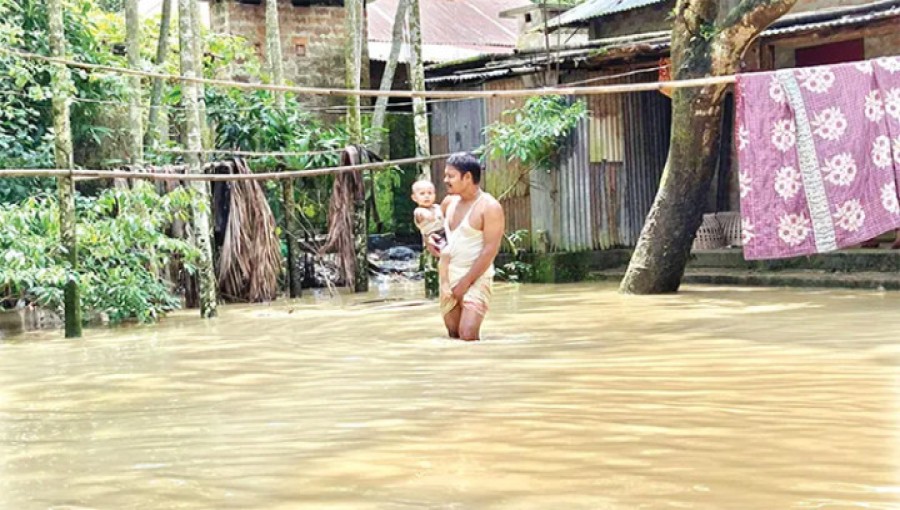
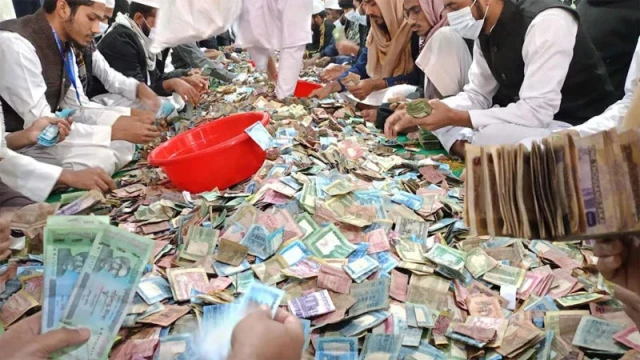
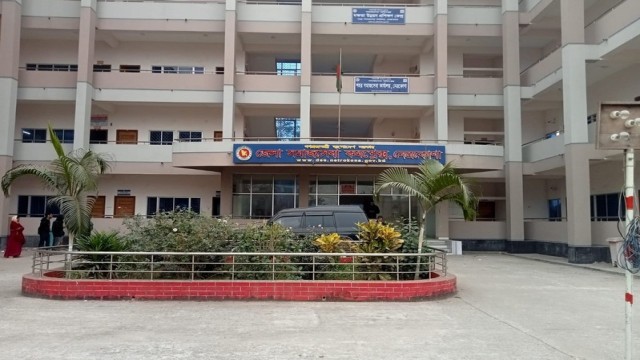
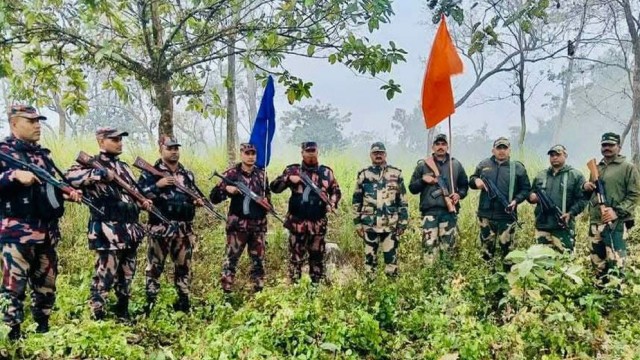
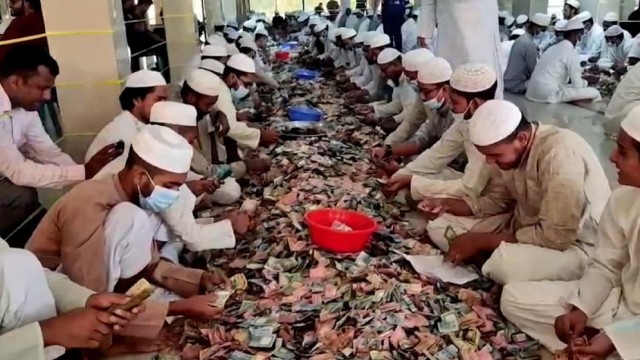
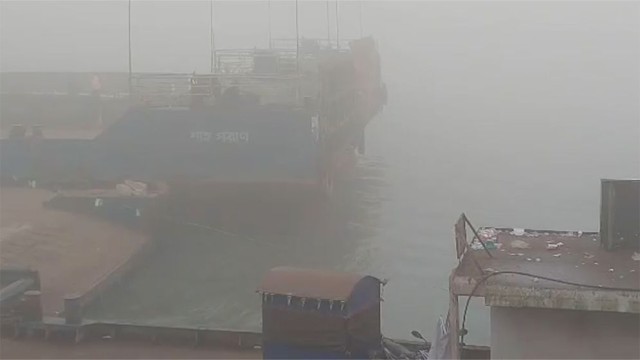
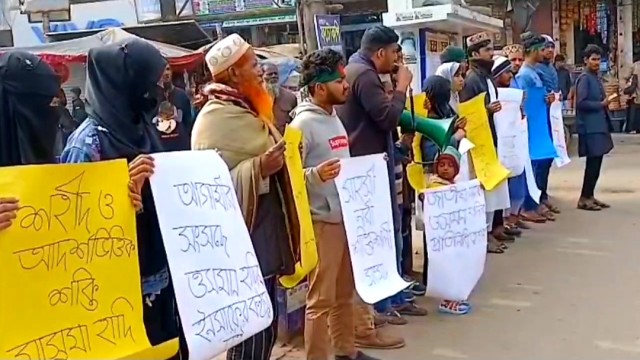
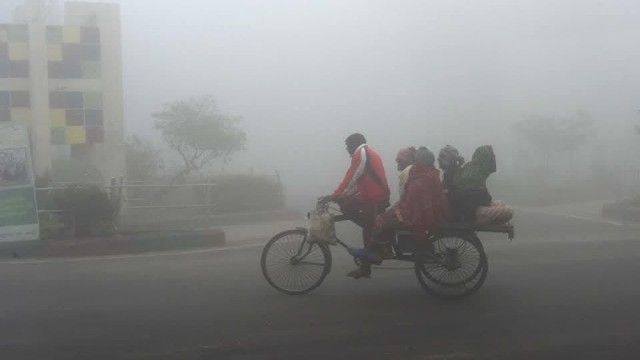
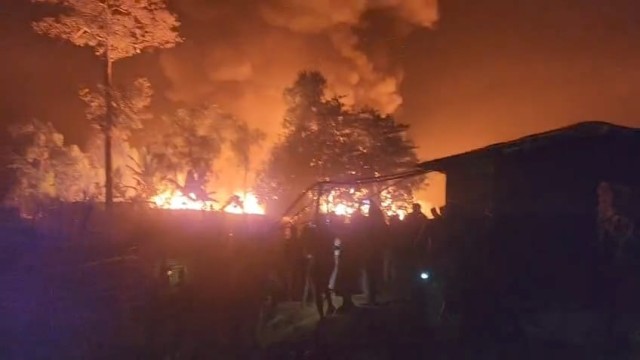
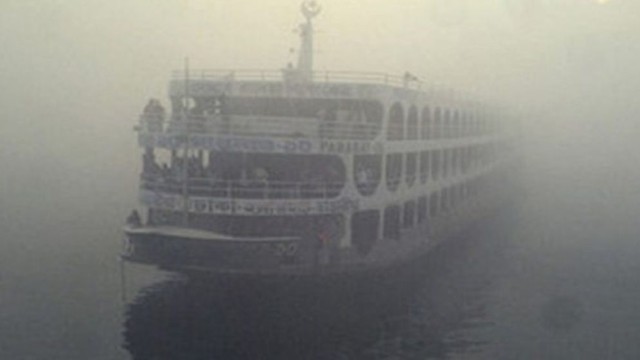

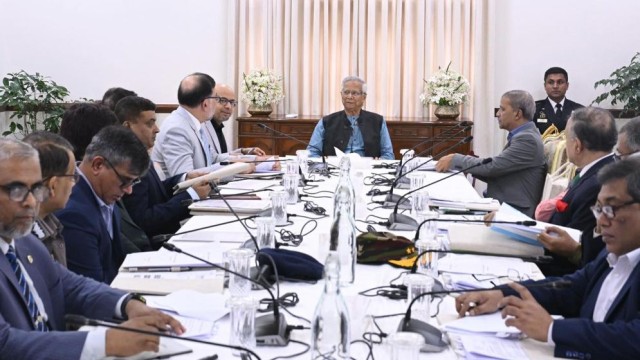
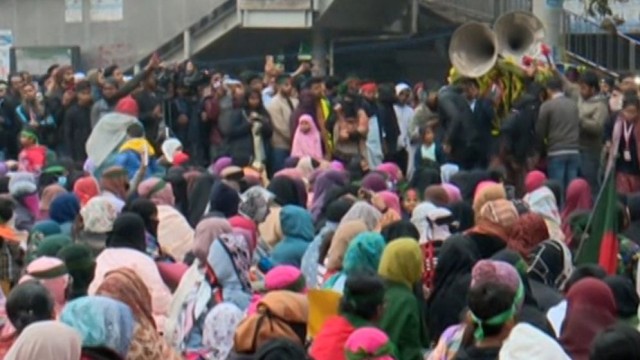
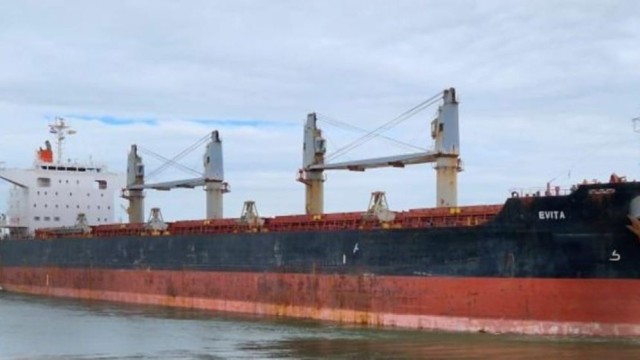
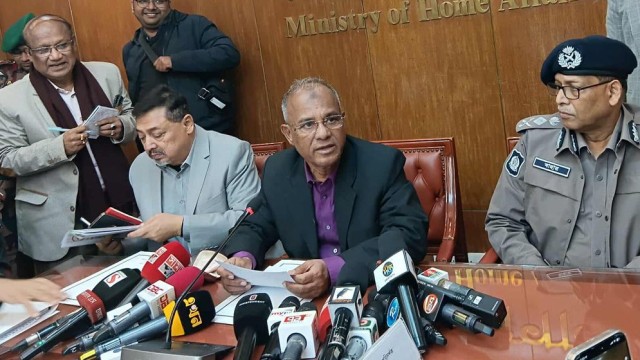







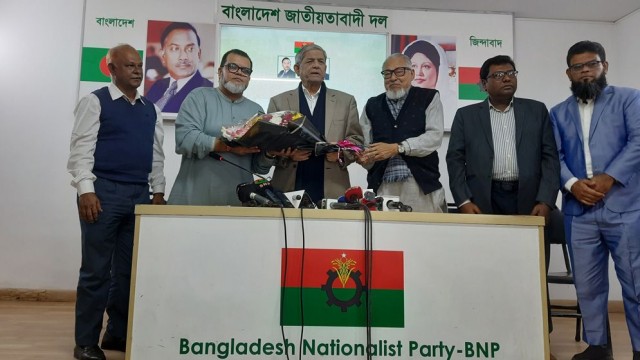
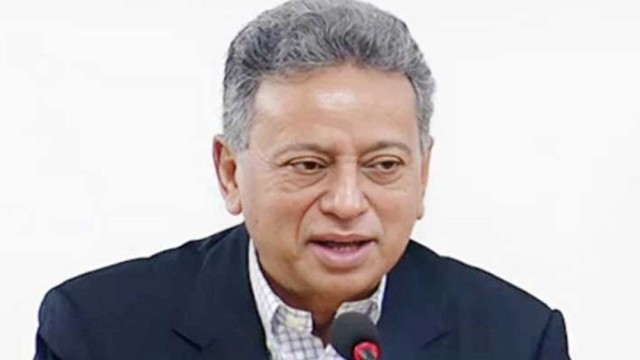




Comment: